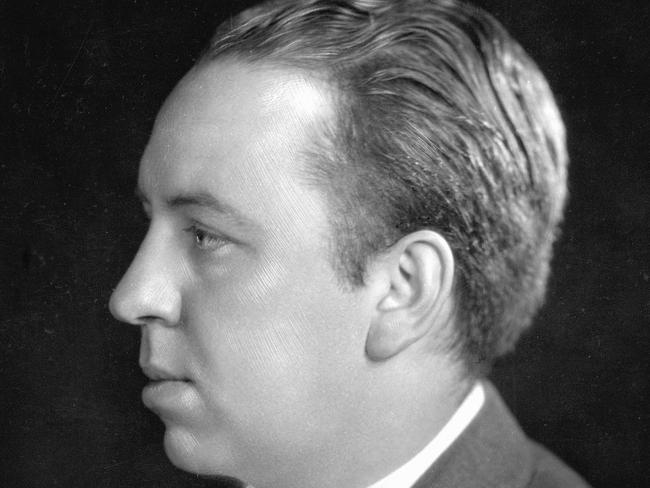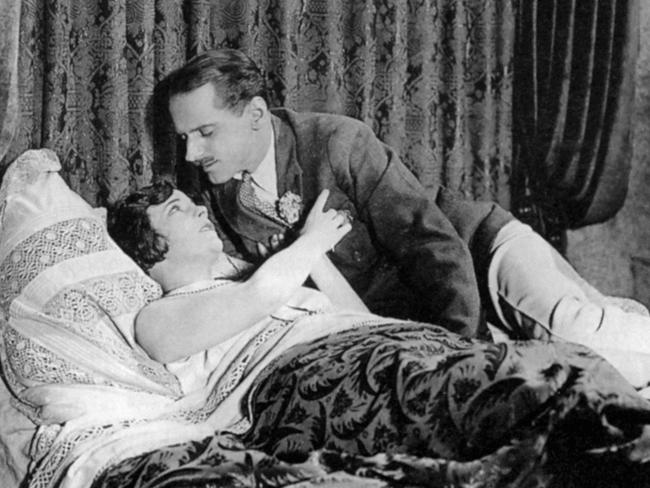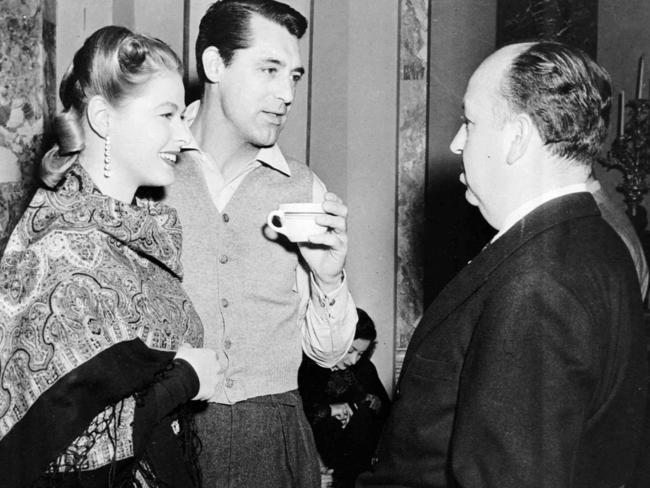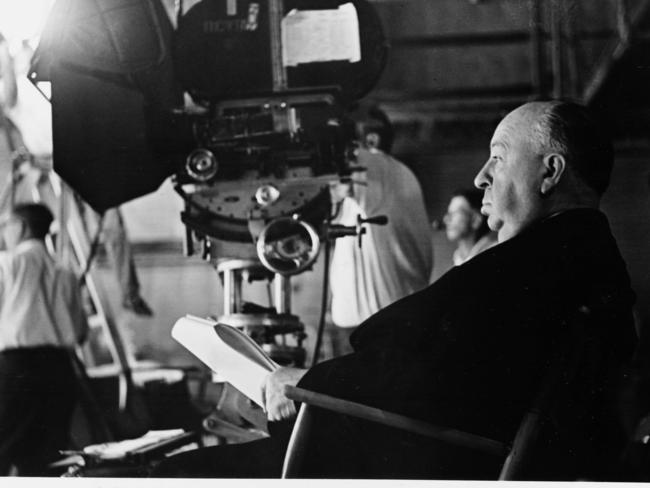Master of thrillers Alfred Hitchcock had lifelong fear of police
When an advertising man took a punt on a job at a film studio he took the first step to becoming one of Hollywood’s greatest film directors
When the young man working in the advertising department of a telegraph company in London in 1919 heard about a film studio opening up, he wanted in. He had some flair for design, so sent over samples of title cards, the kind used for the dialogue in silent movies.
His pitch worked and je was hired by the Famous Players-Lasky, a film company that later became Paramount Studios. It the foot in the door young Alfred Hitchcock was looking for and he didn’t waste the opportunity. As the title card maker he got to look at scripts, learning how to write his own before branching out into art direction and finally directing.
His lucky break gave the film industry one of its greatest auteurs, an innovative director who was passed over several times for an Oscar, although he did win the Irving J. Thalberg Memorial Oscar in 1968. But his greatest legacy is the collection of films that still influence filmmakers today.
Born in a flat above his parents’ grocery store in London on August 13, 1899, 120 years ago today, Alfred was youngest of three children. Spoiled by his mother, he became overweight. A shy, solitary child, he relied on imagination to keep himself entertained.

At five his father sent him to the local police station with a note telling the police to lock Alfred up to teach him that’s what happens to naughty boys. He grew up with a lifelong fear of police, breaking the law or being confined against his will, a fear which influenced his works. As a student at St Ignatius College in London, a strict Catholic boys school, he was subjected to severe physical discipline that also gave him a fear of authority.
He decided his future lay in engineering and in 1913 took night classes in drafting, navigation and electrical engineering, but in 1914 when war broke out and his father died he abandoned his studies to support his mother, finding work at the Henley Telegraph and Cable Company and working his way to writing copy in the advertising department. As an escape he went to the theatre and in 1915 discovered the cinema. A devotee of crime fiction, he also wrote short stories.

In 1919 he saw the job advertised by the film studio and seized the chance to enter the film industry. Always willing to have a go and learn from more experienced people, he worked his way up from writing card titles to art direction and script writing before he was given his first shot at directing when director Hugh Croise fell ill and he was asked to collaborate with British actor Seymour Hicks to finish making the film Always Tell Your Wife in 1923. He also worked with screenwriter and editor Alma Reville on the film, and they started going out together.
He was given sole directing responsibility for the film Number 13 but it never saw the light of day and is now lost. His real directorial debut was The Pleasure Garden, released in 1925 about the life, loves and drama of two showgirls. The growing self-confidence he got as his responsibilities increased, encouraged him to ask Reville out on a date. They were married in 1926 and a daughter, Patricia, was born in 1928.

The film that made people take notice was The Lodger, released in 1927. With Alma as editor and script editor and starring Ivor Novello, it was about a lodger at a boarding house being suspected of a string of murders. Inspired by the Jack the Ripper murders, Hitchcock used innovative techniques, including filming up through a glass floor, to show the landlady speculating on the boarder pacing in the room
above her. The Lodger saw Hitchcock start a tradition of doing cameo appearances in his films after he took his place in a crowd because he needed another extra in the shot.

Hitchcock made Britain’s first sound picture Blackmail in 1929 about a woman who murders the man who attempts to rape her. The controversial subject only helped make it a bigger hit. Although he also made other kinds of films its was Hitchcock’s thrillers that were his most successful.
His first international hit was the 1934 film The Man Who Knew Too Much and The 39 Steps (1935) made him famous in the US.
In 1940 he moved to Hollywood to make films. Already an inventive director, Hollywood gave him more scope for innovation. His films used unusual camera angles, zooms, exposures and tracking, dramatic editing techniques, he hired surrealist artist Salvador Dali to design his
dream sequence in 1945 film Spellbound. His 1960 masterpiece Psycho also used modernist music to emphasise the terror.
He made his last film Family Plot in 1976 and died in 1980.



